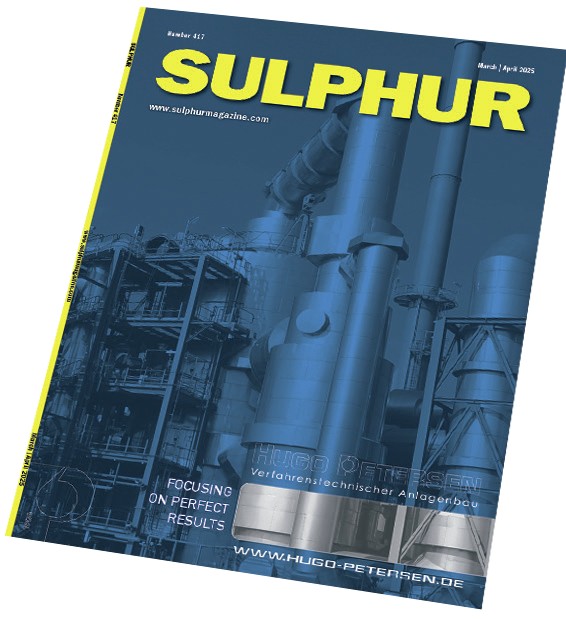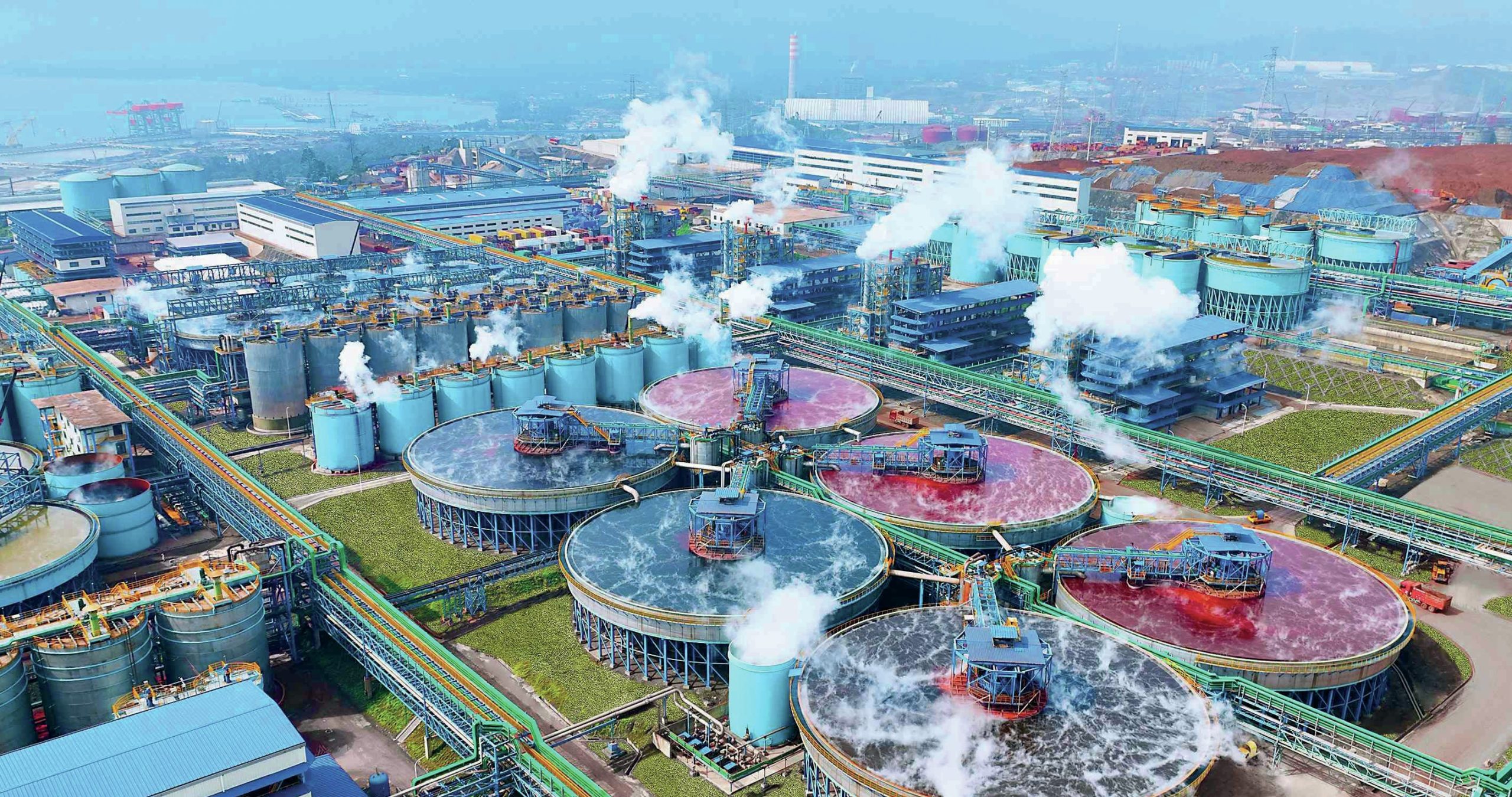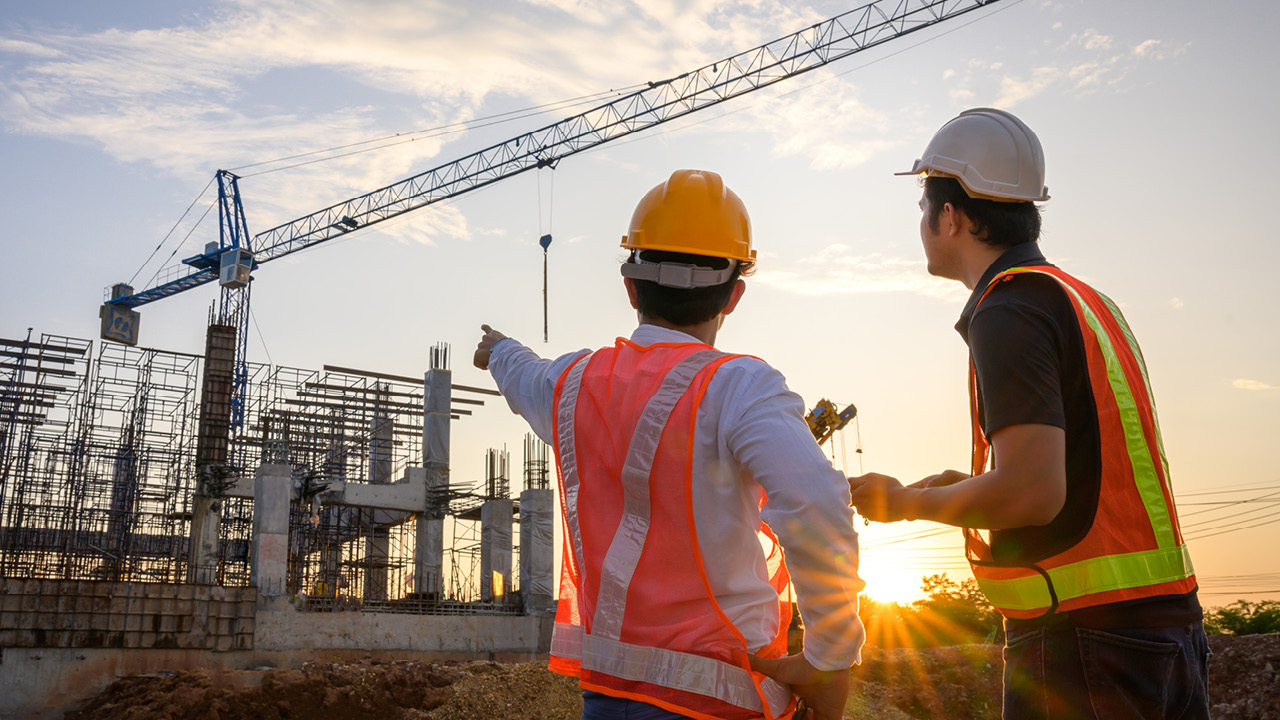Sulphur 417 Mar-Apr 2025

19 March 2025
Sulphur prices soaring

“Global trade disruptions may also once again be playing into markets…”
The past few weeks have seen sulphur prices spiking after a steady rise since 3Q 2024. At time of writing, delivered prices to a variety of locations were around $280/t c.fr, their highest level since mid-2022 when the price of commodities of all kinds jumped in the wake of the Russian invasion of Ukraine and subsequent sanctions. Steady buying from Indonesia and China, the two largest importers of sulphur, appears to have supported the market, in China’s case mainly for phosphate production as well as a variety of industrial processes, and in Indonesia’s case to feed the high pressure acid leach (HPAL) plants that are producing nickel for the battery and stainless steel industries. Although Chinese buying has dropped off slightly since Lunar New Year, and demand has also slackened in India, Indonesia’s appetite continues unabated, having tripled its nickel production since the start of the decade to become the world’s largest producer, representing 60% of global supply in 2024.
Indeed, Indonesia has arguably crashed the world nickel market, halving prices since 2022, and is starting to become a victim of its own success, with some indications that the Indonesian government is considering drastically reducing nickel mine quotas this year, possibly by as much as 45%, which could have a devastating knock-on impact upon sulphur and sulphuric acid markets. In the meantime, though, it is stocking up on sulphur.
Global trade disruptions may also once again be playing into markets – the US has imposed 25% tariffs on goods from Canada, from where it takes a lot of its sulphur requirement. There is also a 10% tariff on oil and related products from Canada, which may lead to lower refinery runs in the US and a hit to domestic sulphur production. As the US is mostly set up to take molten sulphur from Canada rather than importing bulk granules (with the exception of Mosaic’s sulphur remelter at New Wales), there is probably no alternative for US consumers except to pay higher prices.
High phosphate prices are also helping support sulphur prices, with markets tight, as we note on pages 24-25 of this issue, due to ongoing export restrictions from China. Chinese port stocks of sulphur are at high levels and Chinese domestic supply of sulphur and acid continues to increase, but overall the sulphur market remains in deficit, with the metals and phosphate fertilizer industries continuing to demand increasing quantities. Some stock drawdowns in Kazakhstan and Saudi Arabia have mitigated market shortages, but the current price rally shows that there are clearly supply shortages emerging.
In the longer term, new supply in the Middle East and China will offset any shortfall in the market, and if Indonesia really does rein in its nickel overproduction, then we may also see demand contract there, but in the meantime these are good times to be selling sulphur.




